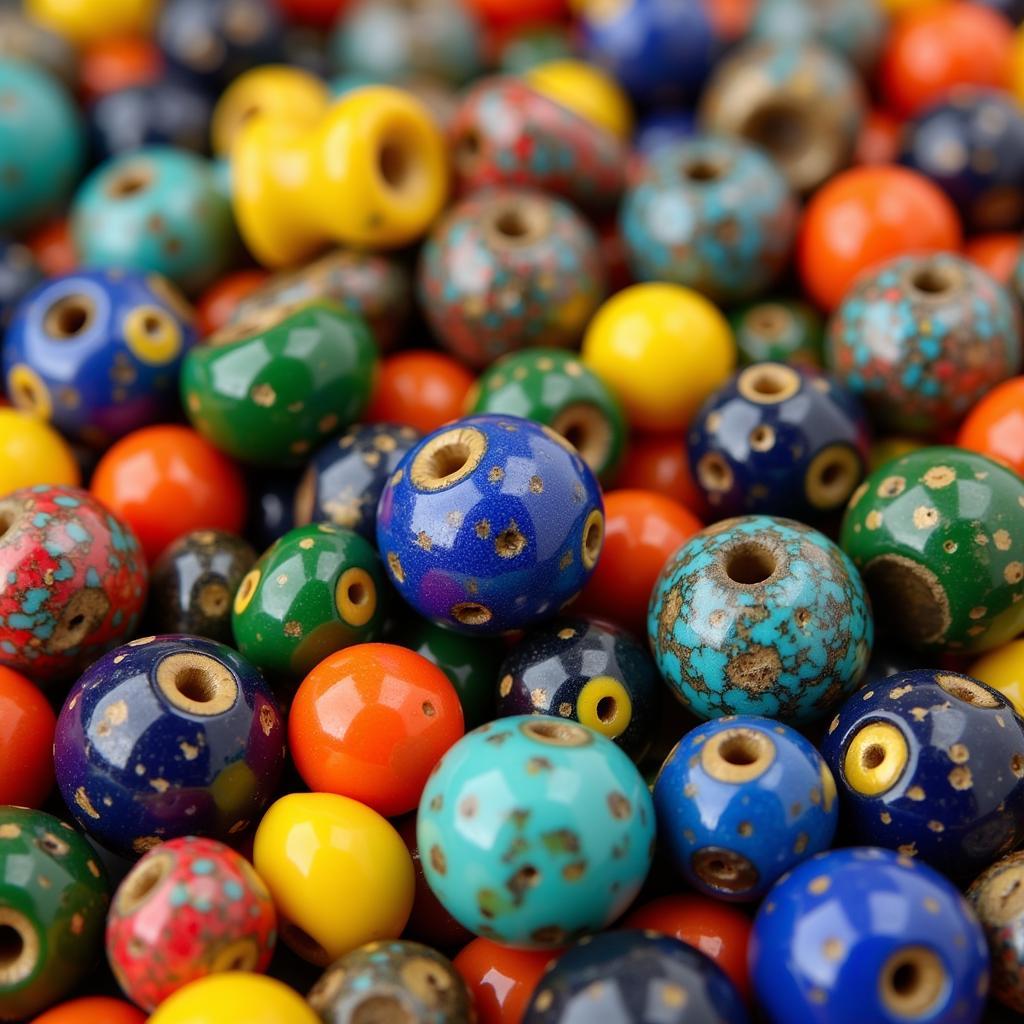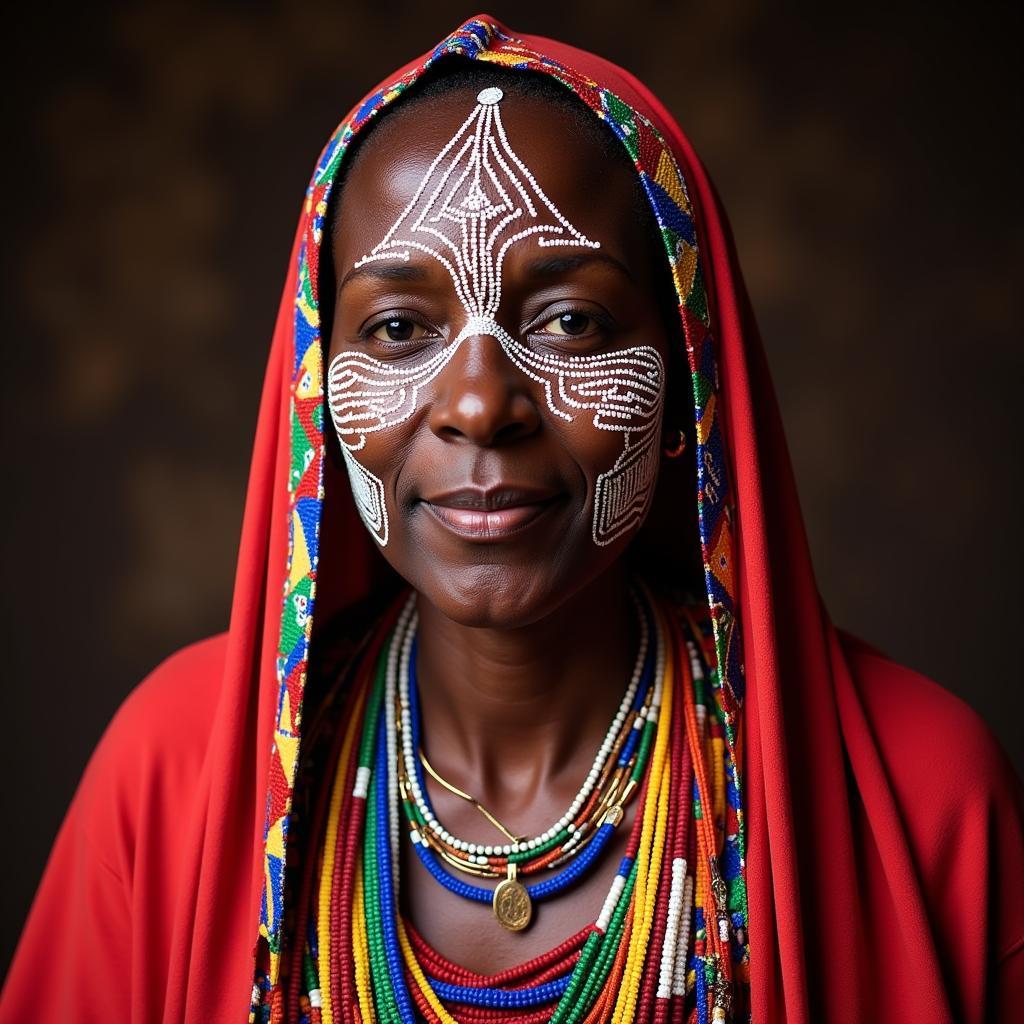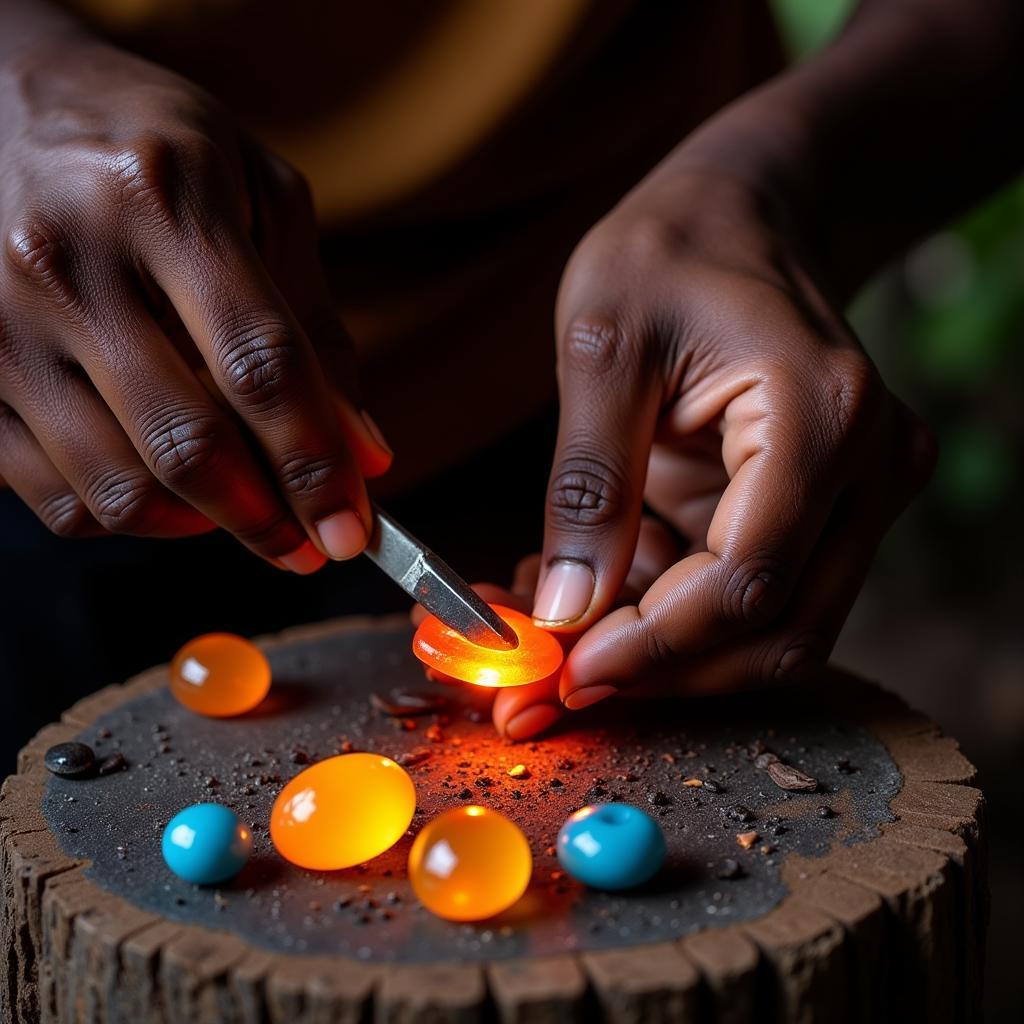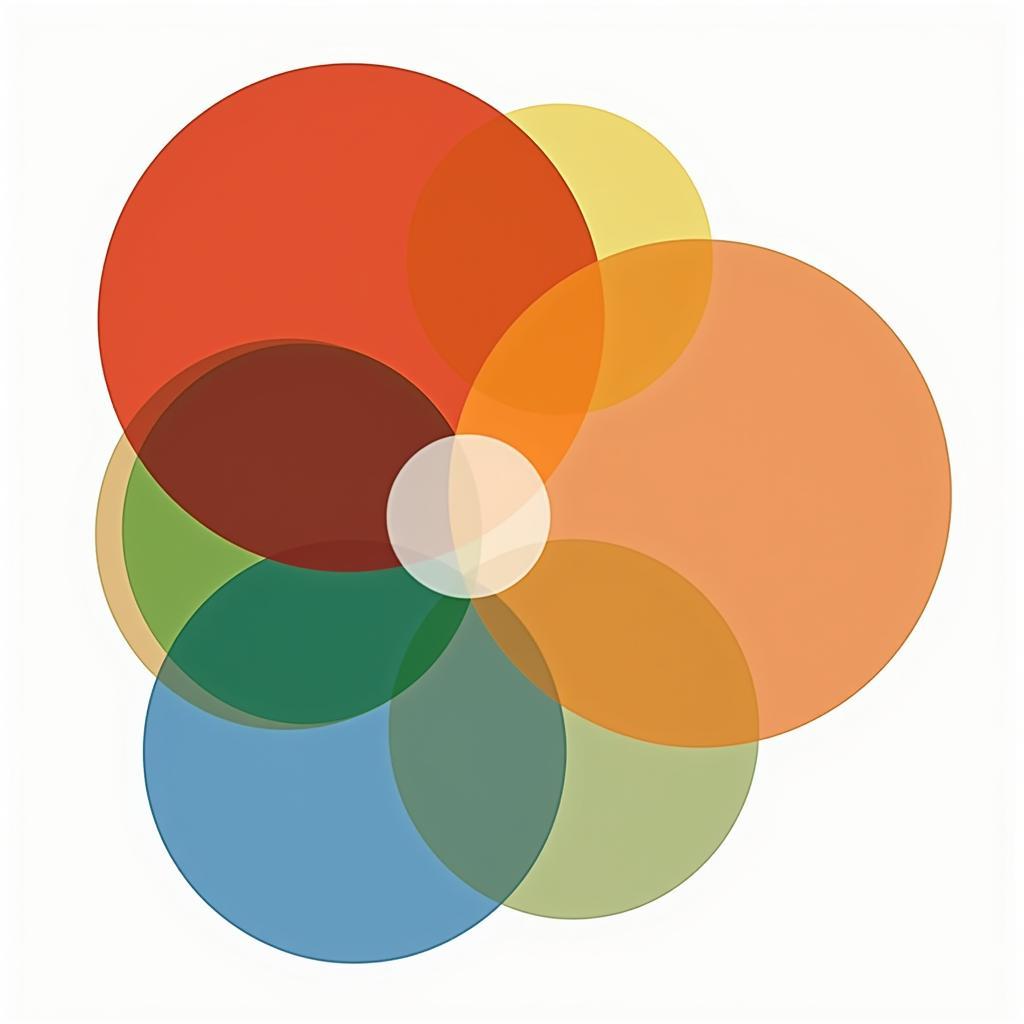The Enduring Allure of African Glass Beads
For centuries, African Glass Beads have held a captivating allure, reflecting a rich history of trade, craftsmanship, and cultural significance. From the vibrant marketplaces of Marrakech to the rural villages of the Maasai Mara, these tiny treasures hold stories as diverse and fascinating as the continent itself.
 African glass beads in various colors and patterns
African glass beads in various colors and patterns
A Legacy Woven in Trade: Tracing the Journey of African Glass Beads
The history of African glass beads is intricately linked with ancient trade routes that crisscrossed the continent. While the exact origins of glass bead making in Africa remain shrouded in the mists of time, evidence suggests that it existed as early as the 1st century AD. Archaeological discoveries in Egypt, particularly in Alexandria, have unearthed glass beads dating back to this period, indicating a thriving industry.
These early beads were likely traded across the Sahara, finding their way into the hands of skilled artisans in West Africa. As trade routes expanded, so too did the reach of these beautiful objects. Arab traders, plying the waters of the Indian Ocean, introduced new techniques and materials, further enriching the art of glass bead making in East Africa.
More Than Just Ornamentation: The Cultural Significance of Beads
In many African cultures, glass beads transcend mere adornment; they are imbued with deep cultural and spiritual meaning. Among the Maasai of East Africa, beaded necklaces, known as “shangas”, are not just beautiful accessories but powerful symbols of identity. The intricate patterns and colors woven into each shanga tell a story – of a woman’s clan, her marital status, and her place within the community.
 A Maasai woman adorned with traditional beaded necklaces
A Maasai woman adorned with traditional beaded necklaces
Similarly, among the Yoruba people of West Africa, beads play a vital role in traditional ceremonies and rituals. Elaborate beaded crowns adorn the heads of kings and chiefs, signifying their authority and connection to the divine.
A Kaleidoscope of Craftsmanship: The Making of African Glass Beads
The creation of African glass beads is a testament to the skill and artistry passed down through generations. While techniques vary across the continent, the process generally involves melting glass, often recycled from bottles and other sources, at high temperatures. Once molten, the glass is carefully shaped and decorated using a variety of methods.
One common technique is “drawing”, where a skilled artisan uses a metal rod to pull molten glass into thin strands. These strands are then cut into beads or manipulated into intricate shapes. Another method is “winding,” where molten glass is wound around a metal wire to create beads of varying sizes and patterns.
 An African artisan shaping molten glass into beads
An African artisan shaping molten glass into beads
After shaping, the beads are often decorated with vibrant colors and patterns. This can be achieved through various techniques, including enameling, painting, and the application of powdered glass. The result is a stunning array of beads, each unique in its design and beauty.
The Enduring Legacy of African Glass Beads
Today, African glass beads continue to captivate hearts and minds across the globe. They are treasured by collectors, celebrated by fashion designers, and worn with pride by people from all walks of life. As symbols of cultural heritage, artistic ingenuity, and enduring beauty, African glass beads offer a tangible link to the rich tapestry of the African continent.
FAQs about African Glass Beads
1. What are African glass beads made of?
While the materials used can vary, African glass beads are primarily made from glass. This glass is often recycled from bottles, jars, and other discarded glass objects, showcasing the resourcefulness of the artisans.
2. How old are African glass beads?
The history of glass bead making in Africa stretches back centuries. Archaeological evidence suggests that glass beads were being produced in Egypt as early as the 1st century AD, and the craft likely spread across the continent through trade routes.
3. What makes African glass beads special?
African glass beads are special for several reasons. They embody a rich history of trade and cultural exchange, showcase the exceptional skill of African artisans, and often carry deep cultural and spiritual significance within different communities.
4. Are African glass beads still made today?
Yes, the tradition of making African glass beads is very much alive. Skilled artisans across the continent continue to create these beautiful objects, keeping age-old techniques alive while also incorporating modern innovations.
5. Where can I buy authentic African glass beads?
Authentic African glass beads can be found in various places, including fair trade shops, online marketplaces specializing in African crafts, and during travels to the continent. When purchasing, it’s essential to buy from reputable sources that support ethical sourcing and fair labor practices.
For inquiries or assistance in exploring the world of African glass beads, please contact us at:
Phone Number: +255768904061
Email: kaka.mag@gmail.com
Address: Mbarali DC Mawindi, Kangaga, Tanzania
Our dedicated team is available 24/7 to provide support and answer your questions.


